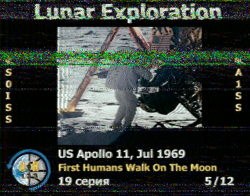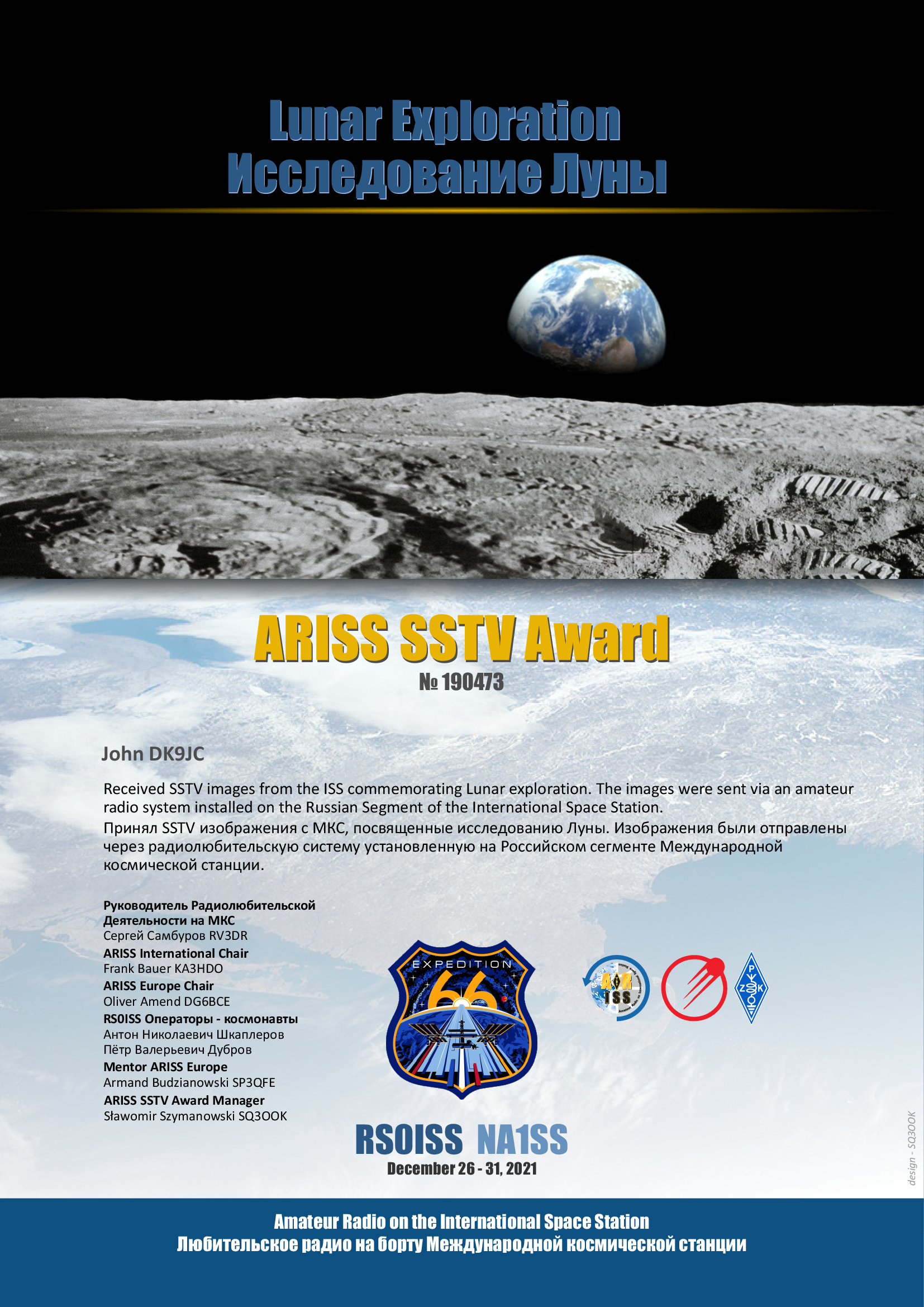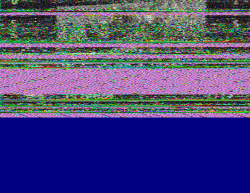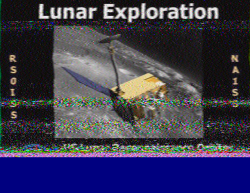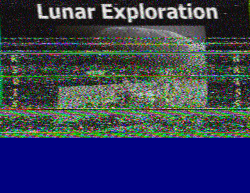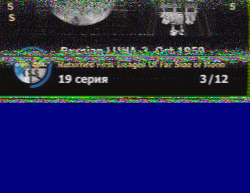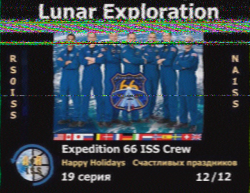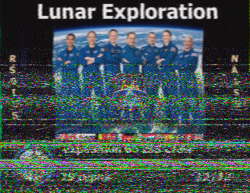After I kept seeing new SSTV images sent from the ISS on Twitter, I thought I'd give it a try too. Since I've been doing a lot of radio via FM amateur radio satellites lately anyway, I have a small 4 element LogPer directional antenna at the window anyway.
The free open source Android software "Robot36" was often recommended as software. I was very surprised when it gave a very clear picture even without a cable between my handheld radio and my mobile phone. In Robot36, however, you should select the mode manually and not leave it to chance whether "auto" works. Currently PD120 was used, which is what ARISS announced (see original message below).
I was able to achieve very good results with my Yaesu FT2 and FT4. With every pass I could decode at least 1 complete picture. The antenna was always an Anjo 4 ele logper held out of the window on a 2m wooden broomstick and the ISS was tracked via the Android app "ISS Detector".
ARISS SSTV Award
With those images I was already able to request the ARISS SSTV award:
New strategy?
Currently we have about 5 passes per 24 hours. I often only got one in the morning. The others were between 2 am local time in the night and 6 am local time in the morning, so some pictures slipped through my fingers. Then when I had 4-5 other passes, I thought about a different strategy. What if you run a receiver all the time? Since I don't have any fixed antennas at all, I couldn't track a Yagi automatically. I only had a Diamond mobile whip, which I attached to the roof window on the 4th floor. From there I went to the Yaesu FT-4 with about 2m RG-174. I had set the frequency to 145.800 MHz and set squelch to level 1. This way I hoped to save battery. The ISS passes were always heard with at least S5, so that should work.
In the morning I checked the Pi and what I received over night. It looked like this:
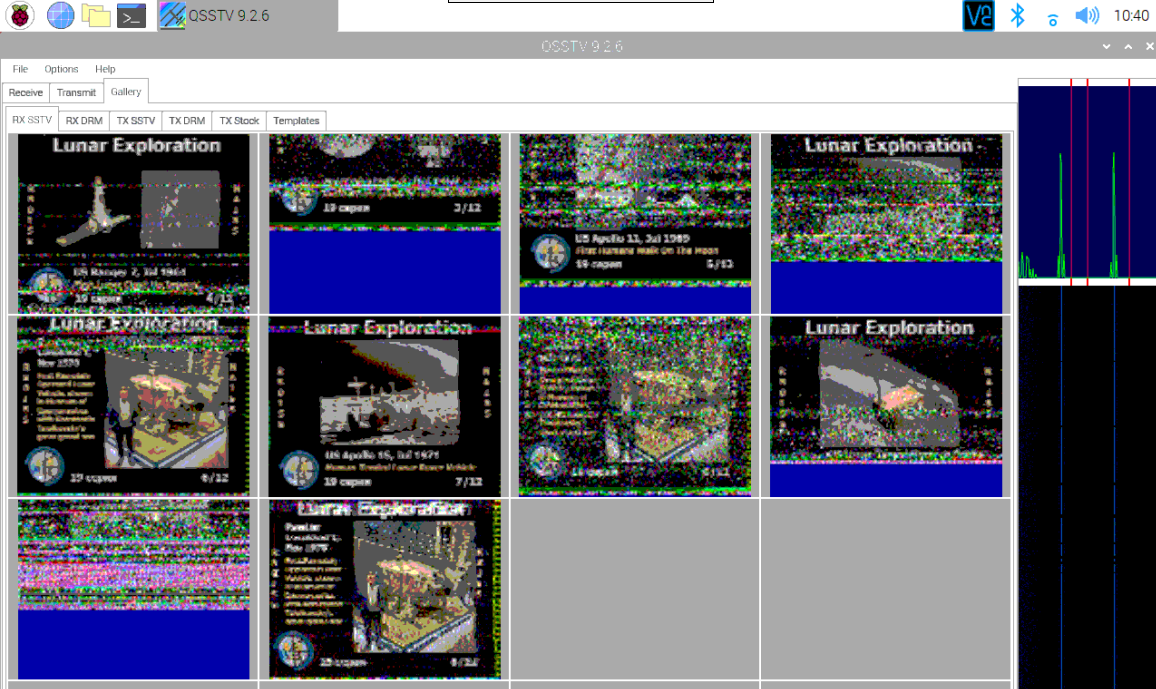
The nice thing about QSSTV is that it just "waits" and as soon as there is a signal, the software decodes the picture automatically. It is also saved automatically. The whole thing is incredibly convenient.
Here are the original decoded images from QSSTV and the mobile whip antenna:
In general, I am quite satisfied. Unfortunately, number 6 came up twice, once 7 and once 5. I already have these. #3 would be new, but only got halfway through and #4 is new and quite usable.
Let's see if anything else comes through this night.
UPDATE:
Nice to see #10, #11 and #12 coming in.
Here is the final result:
2 interesting articles:
https://magpi.raspberrypi.com/articles/pictures-from-space-via-ham-radio
https://chertseyradioclub.blogspot.com/2016/08/setting-up-raspberry-pi-3-and-qsstv.html?m=1
Original message from ARISS.org:
ARISS SSTV Event Scheduled for Dec 26
Images will be downlinked at 145.8 MHz +/- 3 KHz for Doppler shift and the expected SSTV mode of operation is PD 120. The main theme will be for this event will be lunar exploration. Radio enthusiasts participating in the event can post and view images on the ARISS SSTV Gallery at https://www.spaceflightsoftware.com/ARISS_SSTV/ .
After your image is posted at the gallery, you can acquire a special award by linking to https://ariss.pzk.org.pl/sstv/ and follow directions for submitting a digital copy of your received image.



